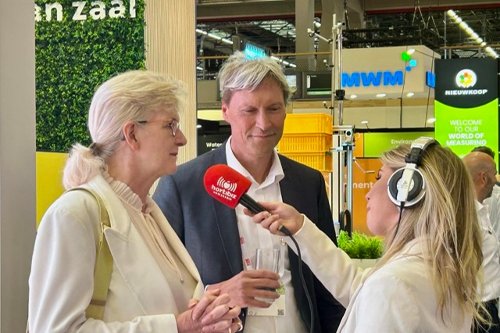Difference between bumble bees and honey bees
Added on 19 October 2023

Physical Differences
The most apparent difference between the two is their physical appearance. Bumble bees are generally larger and have a more robust and furrier body compared to the sleek and smaller honey bees. This fur-like structure helps bumble bees pick up pollen more efficiently.
Social Structure
Honey bees live in large colonies, sometimes housing up to 60,000 bees, and have a complex social structure with a single queen, workers, and drones. Bumble bees, however, have smaller colonies, usually ranging from 50 to 500 members, and are less hierarchical.
Pollination Techniques
Bumble bees employ a unique method called "buzz pollination," where they vibrate their muscles vigorously to shake pollen loose from flowers. This is particularly useful for pollinating plants like tomatoes and blueberries, which release pollen through small openings. Honey bees do not perform buzz pollination.
Activity Patterns
Bumble bees are more versatile when it comes to foraging times and conditions. They can work during lower light conditions, cooler temperatures, and even light rain, making them highly adaptable to the variable environmental conditions often found in greenhouses.
Photos by Sandy Millar on Unsplash and by Ankith Choudhary on Unsplash
More news















